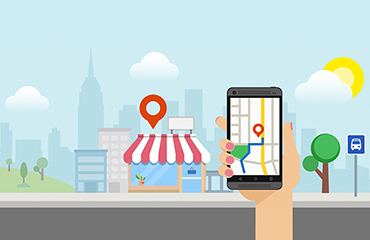Providing professional and affordable Web Design and Development since 2010.
AJSMEDIA™
BASINGSTOKE
T: 01256 411 936
M: 0 785 727 99 85
E: enquiries@ajsmedia.com
S: sales@ajsmedia.com
MY EIGHT TOP TIPS WHEN BUILDING AN
ECOMMERCE WEBSITE
Eight tips when building an eCommerce site

My eight top tips when building an eCommerce website. Planning is probably the most important step in the process of setting up any online store, marketplace large or small. Some experts predict that eCommerce will surpass £2 trillion in sales in the next few years - it’s the fastest growing and one of the most valuable industries. When you build your eCommerce website, you'll need to think about how the site works, how to display products and prices, and how to fulfill orders. You also need to support customers and market your site so visitors can find you. In this post I will share with you how carefully planning a eCommerce can lead to great online marketplace success!
- 1. Plan your site carefully
- Planning is probably the most important part in the whole process of setting up an online shopping site, so take time to think it through. Decide how you want the site to work and what the navigation and structure should be. Make sure visitors know how to get from one page of the site to another, because quite often people will arrive at a page different from the home page and always ensure that you have a search facility if you have lots of products so that people can easily find what they are looking for.
- 2. Get the right eCommerce package
- Unless you have the budget to design a purpose-built site from scratch, you will need to buy or lease an off-the-shelf shopping cart. Make sure it has facilities for displaying, selecting and paying for products that are right for you.
- 3. Choose products and product categories
- It makes sense to group together products which are likely to be bought together. If you have stand-alone ranges of products, you might want to consider separating them into different sites. Take attractive pictures of the products, and if necessary give different angles so people can see what they are buying.
- 4. Establish your pricing policy
- If you are selling to businesses, you should display prices without VAT, but make this clear. Consumer prices should always include VAT. Note that your confirmation invoices should always show VAT as a separate amount. Decide on whether to offer volume discounts, free delivery (perhaps over a certain order value), loyalty rewards, special online deals or other incentives.
- 5. Provide the right level of support
- Establish a returns and complaints service, so that if a buyer has a problem you can deal with it promptly. Make sure visitors understand your guarantee and warranty terms, and make sure they know you are there to help if they have problems.
- 6. Fulfilling orders
- Orders placed online will need to be delivered to the customer safely, reliably, and promptly - which you may not have done before from a physical shop. Unless you have the staff and facilities, use a reputable and reliable fulfillment company to handle packaging and delivery.
- 7. Interact with visitors
- Encourage registration even if browsing visitors don't buy, and incorporate feedback facilities such as a forum or reviews. Use social media to improve interaction and increase the chances of visitors returning to buy.
- 8. Marketing
Find out about search engine optimisation and web analytics - this will enable you to improve search results, increase visitor numbers and encourage customer registrations. Use social media such as Facebook, Twitter, YouTube or a blog to promote special offers and new products and drive people to your online shop.








